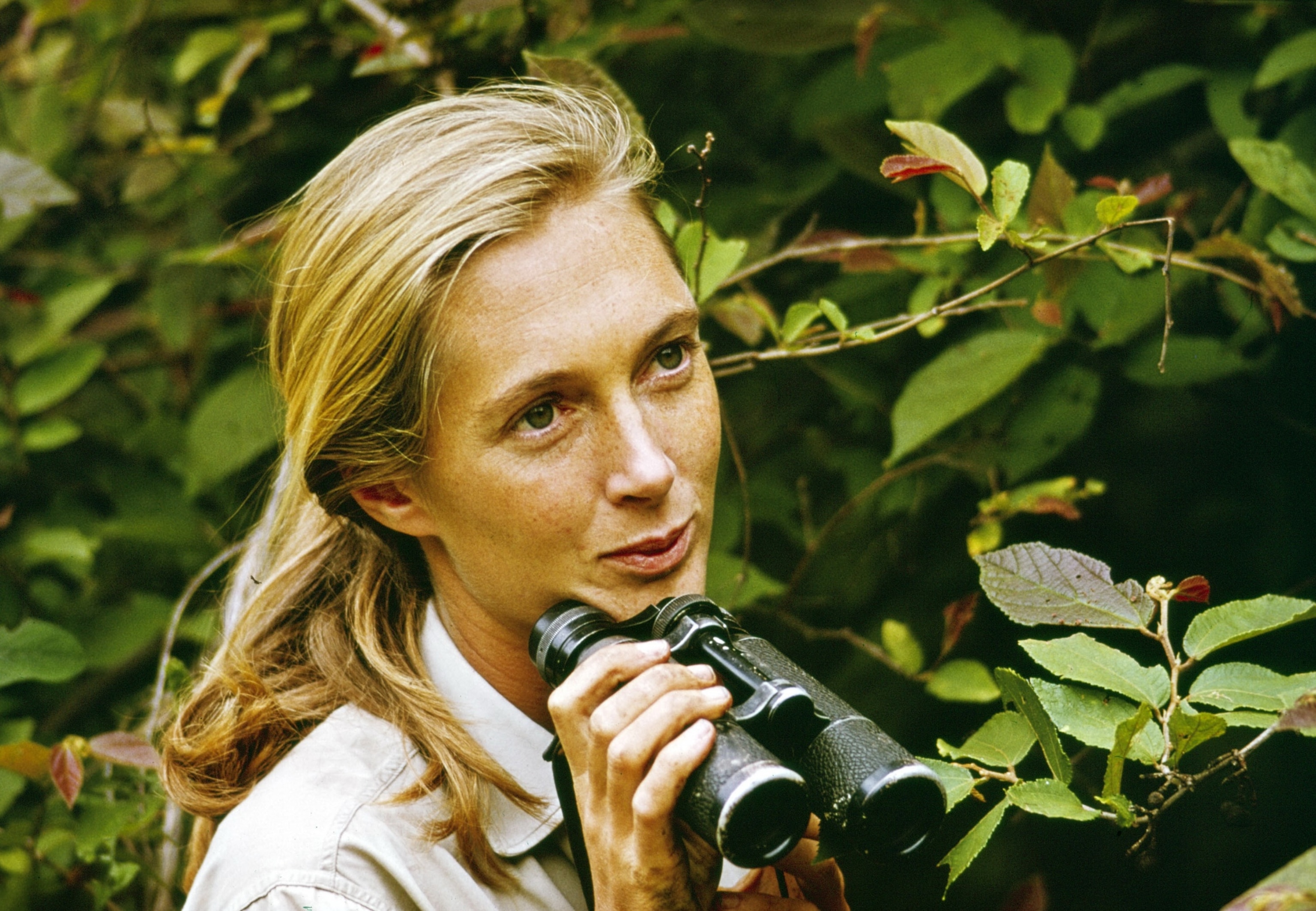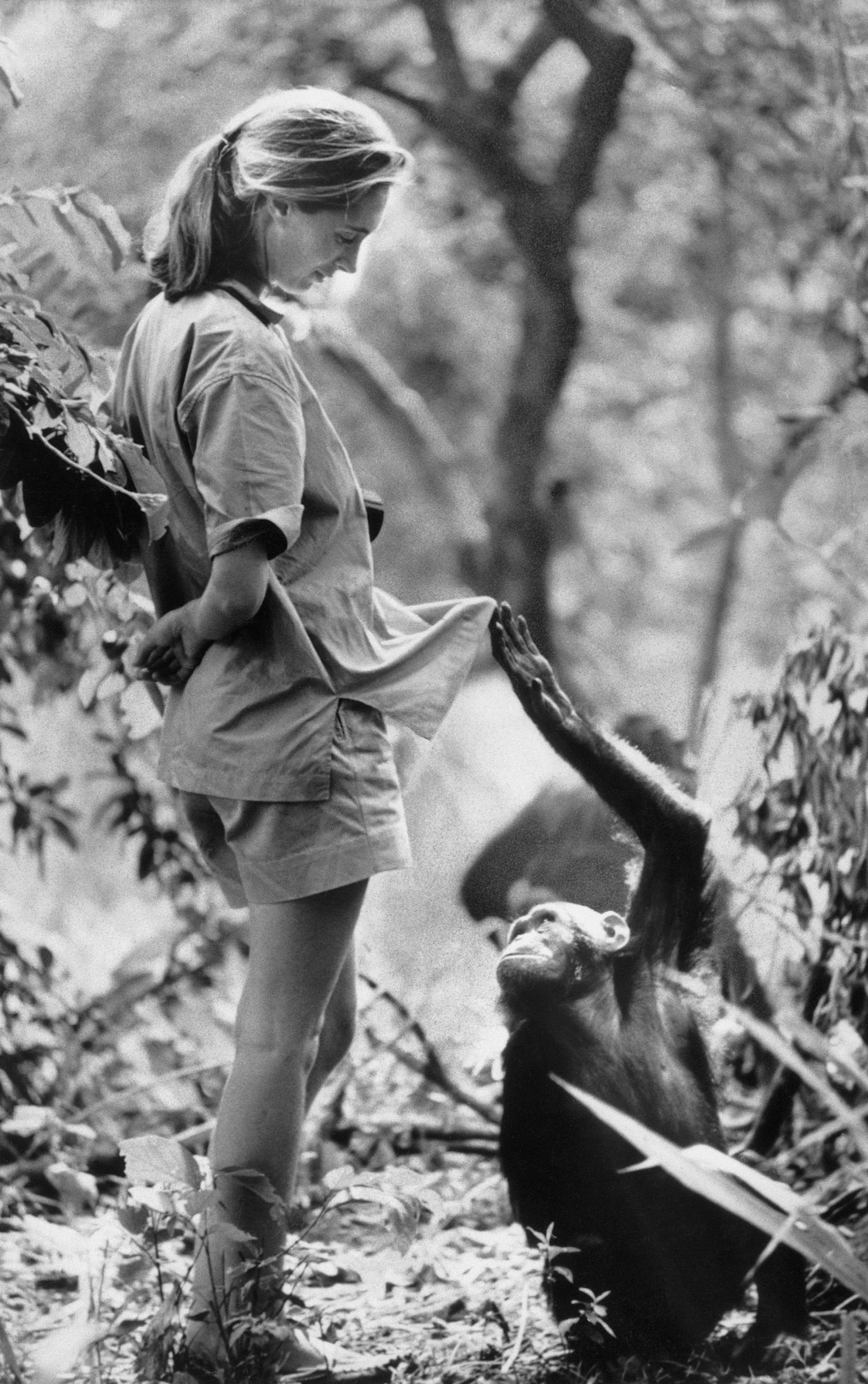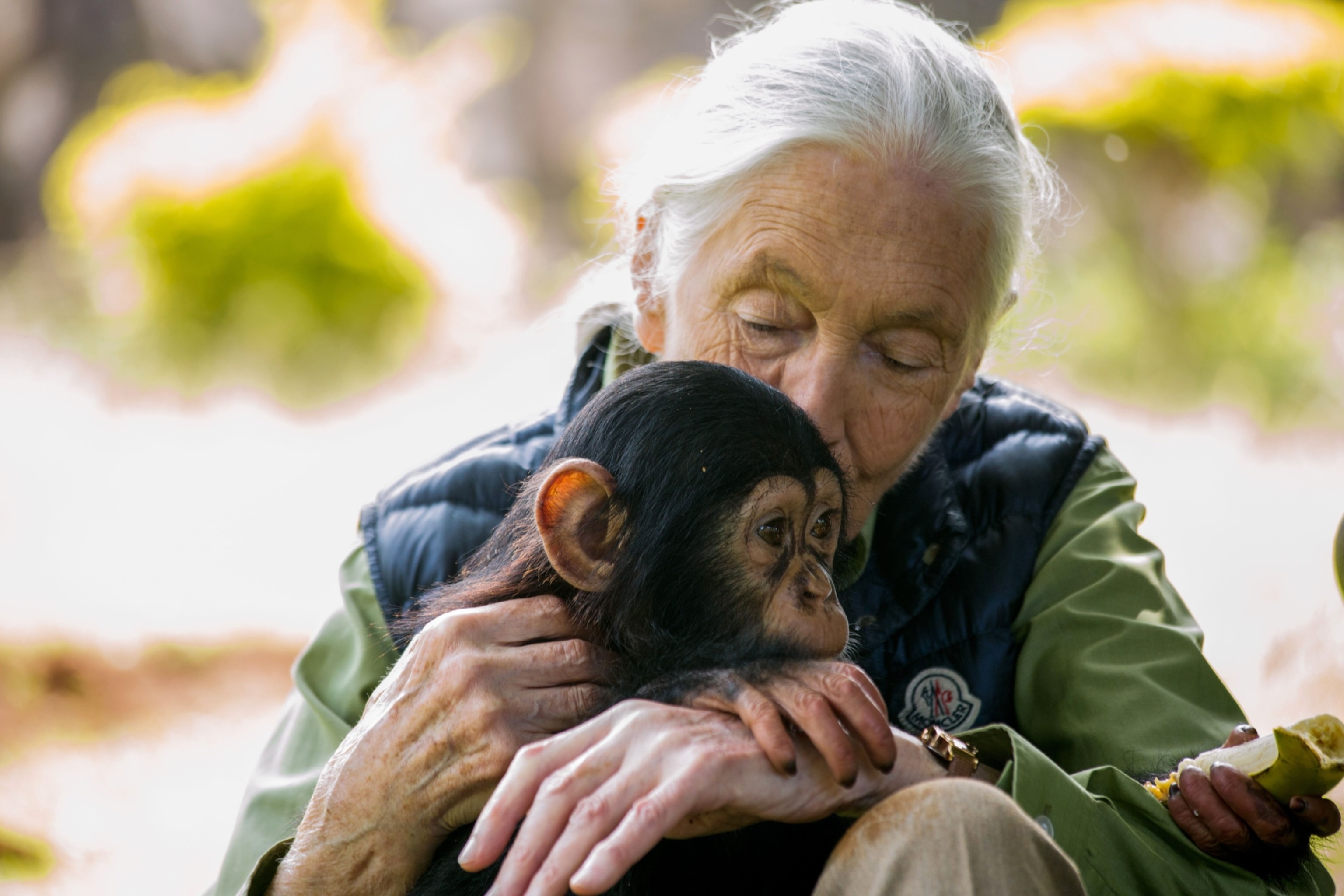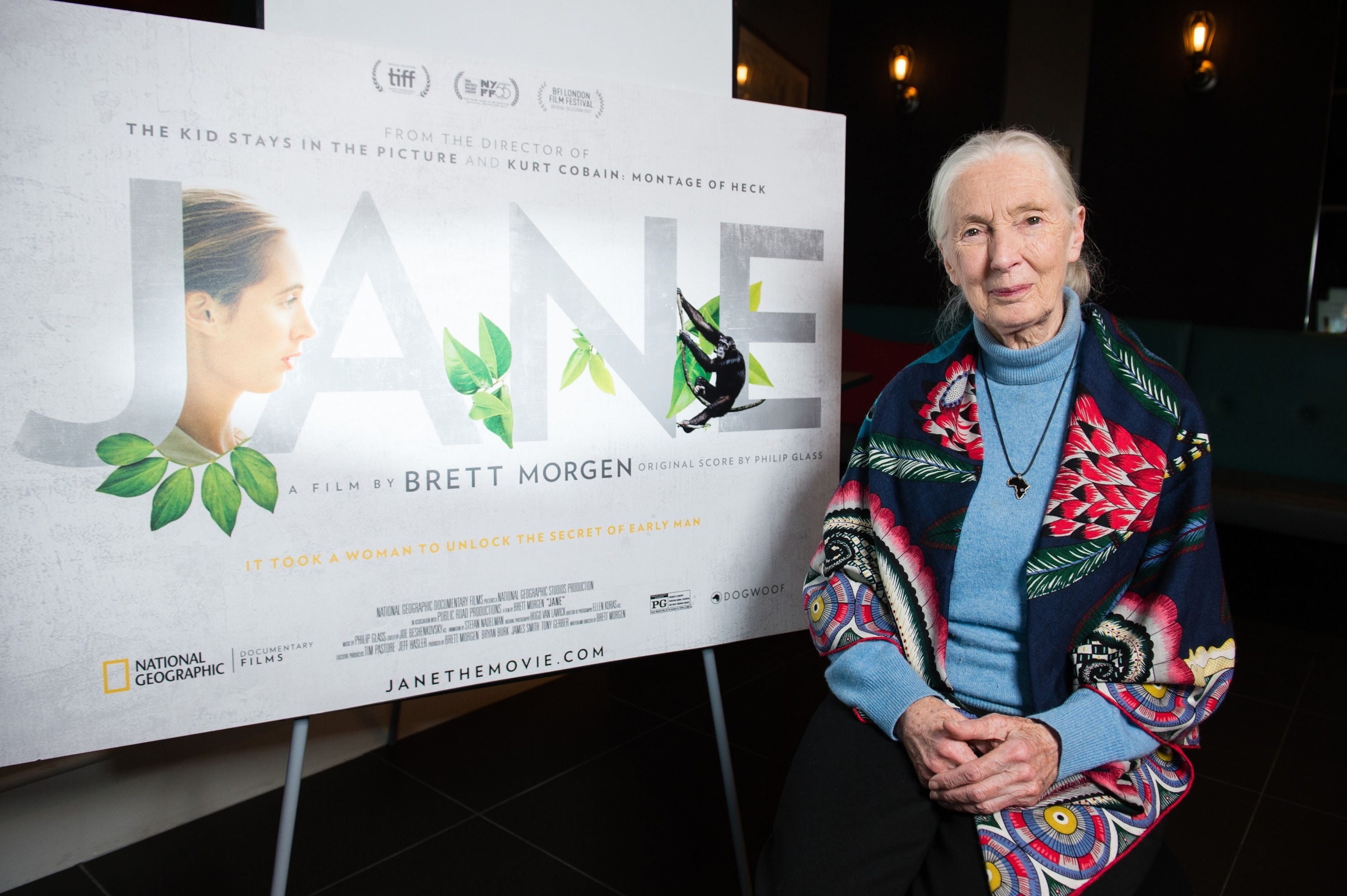F12.Stop Dipping Into Your Kumbaya Stash”: Senator Kennedy’s Explosive Takedown of Woke Academia and the Politics of Anti-Semitism
“Stop Dipping Into Your Kumbaya Stash”: Senator Kennedy’s Explosive Takedown of Woke Academia and the Politics of Anti-Semitism
WASHINGTON, D.C. – A Senate hearing on the surge of anti-Semitism on college campuses erupted into a fiery moral and ideological confrontation this week, led by Senator
Kennedy did not merely debate policy; he launched a cultural broadside against what he called the teaching of anti-Semitism in American universities, accusing institutional leaders of confusing “diversity, equity, and inclusion”

The Causal Connection: Trump and Anti-Semitism
The segment began with a direct and provocative line of inquiry aimed at a witness, Miss Solomon, who had connected the rise in anti-Semitism to the rhetoric of the previous administration.
Kennedy demanded clarification: “Did I understand you to testify that anti-Semitism is worse under the Trump administration?“
When the witness confirmed the increase in anti-Semitism since 2017, Kennedy pressed for a causal link: “Has the Trump administration caused that? Is that your testimony?“
The witness confirmed her belief in a causal connection, arguing that Trump had “highlighted and platformed neo-Nazis and white supremacists.“
Kennedy’s frustration was immediate. He immediately steered the discussion toward practical solutions, challenging the witness’s attempt to shift the focus to federal funding cuts to the Department of Education’s Office for Civil Rights.
“So, you think one way to stop anti-Semitism is to give people more money?” Kennedy pressed, highlighting the common political strategy of addressing crises with increased funding rather than tackling the underlying ideological currents.
The Boiling Point: “The Right to Hurt Jews”
The hearing reached its apex as Kennedy cited the chaotic and frequently hateful protests on campuses like Columbia, Berkeley, and UCLA. He refused to allow the witnesses to retreat into bureaucratic language about funding and investigation.
“What’s there to investigate? We see it!” Kennedy snapped, referring to the televised images of anti-Semitic rhetoric and hostile demonstrations.
He then delivered the line that crystallized his outrage over the perceived failure of academic leadership:
“It was clear to me that that the administration at Columbia and most members of the faculty believed passionately in diversity, equity, inclusion, and the right to hurt Jews.”
Kennedy’s choice of words was deliberate and visceral. He argued that the progressive framework of DEI had been weaponized to provide cover for hostility toward Jewish students under the guise of political protest and social justice activism. This was not a critique of political performance; it was a moral accusation aimed at the heart of America’s elite institutions.
When the witness attempted to defend the actions as merely “protesters for against the war in Gaza and them using some anti-Semitic slogans,” Kennedy refused to be swayed.
“No, don’t get off the subject on me now. You’re telling me that’s not what you saw?” he demanded.
The Omar Shadow: Ideology and Empathy
Though Rep. Ilhan Omar was never explicitly named by Kennedy in his most searing accusations, her influence pulsed beneath the entire debate. To her critics, Omar’s unapologetic critiques of Israel, her framing of the Palestinian struggle, and her past controversial statements have provided the ideological spark—and subsequent political cover—for the radicalization seen on campuses.
Kennedy, however, distilled the issue to a simple moral challenge, one that directly confronts the moral relativism often used by Omar’s defenders:
“Let me ask you, let me ask you a question, Miss Kohab. Do you think it’s possible to feel compassionate… for the Palestinian people
This question cut through the political noise, challenging the moral logic underpinning the activist movements. Kennedy’s conviction was clear: in the current ideological climate, the line between advocating for the oppressed and targeting the Jewish community has been dangerously blurred by figures who prioritize performative outrage over moral clarity.
The Final Searing Indictment
Kennedy’s patience finally snapped when a witness tried to defend the administration at Columbia, prompting one of the most memorable lines of the hearing.
“Are you telling me Colia, the Columbia administration and the faculty was supportive of the Jew?” Kennedy demanded, before delivering his searing indictment of the progressive worldview:
“We need to stop dipping into your ketamine stash… You can try to bubble wrap this, but that’s what I saw… If you want to stop a lot of the anti-semitism,
This final charge accused America’s top universities of actively fostering an anti-Semitic environment through ideological bias. Kennedy’s message was unmistakable: When ideology overshadows accountability and moral logic, classrooms risk becoming breeding grounds for hate disguised as activism.
The hearing served as a dramatic cultural call-out, emphasizing that the problem of campus anti-Semitism is not merely a matter of lacking funds for investigation, but a symptom of a deeper moral decay that demands moral clarity and ideological responsibility from elected officials and academic leaders alike.
C51.She was 91 years old ND

Jane Goodall, famed primatologist and conservationist, dies at 91
Her research on chimpanzees changed the understanding of our closest relative.
Jane Goodall, the famed primatologist, anthropologist and conservationist, has died, according to the institute she founded. She was 91 years old.
Goodall died of natural causes while in California on a speaking tour of the United States, the institute said in a statement on social media on Wednesday.
 Jane Goodall speaks onstage at the Bloomberg Philanthropies Global Forum 2025 at The Plaza Hotel, Sept. 24, 2025, in New York.Bryan Bedder/Getty Images
Jane Goodall speaks onstage at the Bloomberg Philanthropies Global Forum 2025 at The Plaza Hotel, Sept. 24, 2025, in New York.Bryan Bedder/Getty Images
The British primatologist\’s “discoveries as an ethologist revolutionized science, and she was a tireless advocate for the protection and restoration of our natural world,” according to the institute.
Goodall was only 26 years old when she first traveled to Tanzania and began her important research on chimpanzees in the wild. Throughout her study of the species, Goodall proved that primates display an array of similar behaviors to humans, such as the ability to develop individual personalities, and could make and use their own tools.
 Jane Goodall appears in the television special “Miss Goodall and the World of Chimpanzees” originally broadcast on CBS, on Dec. 22, 1965, in Gombe Stream National Park, Tanzania.CBS via Getty Images
Jane Goodall appears in the television special “Miss Goodall and the World of Chimpanzees” originally broadcast on CBS, on Dec. 22, 1965, in Gombe Stream National Park, Tanzania.CBS via Getty Images
Among the most surprising discoveries Goodall made was “how like us” the chimpanzees are, she told ABC News in 2020.
“Their behavior, with their gestures, kissing, embracing, holding hands and patting on the back,” she said. “… The fact that they can actually be violent and brutal and have a kind of war, but also loving and altruistic.”
That discovery is considered one of the great achievements of 20th-century scholarship, according to the Jane Goodall Institute.
 (L-R) Jane Goodall and her son Hugo Eric Louis van Lawick appearing on the ABC TV special \’Jane Goodall and the World of Animal Behavior: The Lions of the Serengeti\’ in Africa, 1976.Walt Disney Television Photo Archive/ABC via Getty Images
(L-R) Jane Goodall and her son Hugo Eric Louis van Lawick appearing on the ABC TV special \’Jane Goodall and the World of Animal Behavior: The Lions of the Serengeti\’ in Africa, 1976.Walt Disney Television Photo Archive/ABC via Getty Images
Goodall\’s love of animals began practically at birth, she told ABC News. As a child growing up in London and Bournemouth, she dreamed of traveling to Africa and living among the wildlife. When she was 10, she read the books “Doctor Dolittle” and “Tarzan,” and the inspiration changed the trajectory of her life.
The initial arrival into Tanzania\’s Gombe National Park proved to be challenging. The terrain was steep and mountainous, the forests were thick, and threats from buffalo and leopards lurked in the wilderness. But her lifelong ambition had finally been realized, and Goodall knew she was where she was meant to be.
“It was what I always dreamed of,” she told ABC News.
Goodall later earned a PhD in ethology, the study of animal behavior, from the University of Cambridge. Her thesis detailed the first five years of study at the Gombe reserve.
In 1977, Goodall founded the Jane Goodall Institute with Genevieve di San Faustino. Headquartered in Washington, D.C., with offices in 25 cities around the world, the organization aims to improve the treatment and understanding of primates through public education and legal representation.
 Dr. Jane Goodall attends the TIME 100 Summit 2019 on April 23, 2019 in New York City.Craig Barritt/Getty Images
Dr. Jane Goodall attends the TIME 100 Summit 2019 on April 23, 2019 in New York City.Craig Barritt/Getty Images
Goodall\’s research garnered both scientific honors and mainstream fame, and she was credited with paving the way for a rise in women pursuing careers in STEM (science, technology, engineering and math) over the years. The number of women in STEM has increased from 7% to 26% in the six last decades, according to The Jane Goodall Institute, which cited census information from 1970 to 2011.
In 1991, she founded Roots & Shoots, a global humanitarian and environmental program for young people.
She was named a United Nations Messenger of Peace in April 2002. The anthropologist continued to lend her voice to environmental causes well into her 80s and 90s.
In 2019, Goodall acknowledged the climate crisis and the importance of mitigating further warming, telling ABC News that the planet is “imperiled.”
“We are definitely at a point where we need to make something happen,” she said. “We are imperiled. We have a window of time. I\’m fairly sure we do. But, we\’ve got to take action.”
 Jane Goodall with one of her research chimpanzees in the Gombe National Park in northern Tanzania.Bettmann Archive/Getty Images
Jane Goodall with one of her research chimpanzees in the Gombe National Park in northern Tanzania.Bettmann Archive/Getty Images
Goodall even partnered with Apple in 2022 to encourage customers to recycle their devices to reduce individual carbon footprint and cut down on unnecessary mineral mining around the world.
“Yes, people need to make money, but it is possible to make money without destroying the planet,” Goodall told ABC News at the time. “We\’ve gone so far in destroying the planet that it\’s shocking.”
Goodall emphasized in 2020 that there is still much to learn from “our closest-living relatives.”
“They\’re still teaching us,” she said during the diamond jubilee anniversary of studying the species.
 World-renowned primatologist and chimpanzee expert Dr. Jane Goodall visits Sydney\’s Taronga Zoo, on July 14, 2006, to observe the extended family of 19 chimpanzees.Greg Wood/AFP via Getty Images
World-renowned primatologist and chimpanzee expert Dr. Jane Goodall visits Sydney\’s Taronga Zoo, on July 14, 2006, to observe the extended family of 19 chimpanzees.Greg Wood/AFP via Getty Images
During the COVID-19 pandemic, Goodall hypothesized that humans brought outbreak upon themselves, given that bats were the suspected driver of cross-species contraction of the virus.
“We have disrespected the natural world. We\’ve disrespected animals, and we\’ve been cutting down forests. Animals have been driven into closer contact with people. Animals have been hunted, killed and eaten. They\’ve been trafficked,” she told ABC News in 2020. “So, animals of different species have been crowded together in the wild animal meat markets in Asia, bush meat markets in Africa, and this creates a fantastic environment for a virus or bacteria, virus in this case, to jump from an animal to a person.”
 British primatologist Jane Goodall visits a chimpanzee rescue center on June 9, 2018 in Entebbe, Uganda.Sumy Sadurni/AFP via Getty Images
British primatologist Jane Goodall visits a chimpanzee rescue center on June 9, 2018 in Entebbe, Uganda.Sumy Sadurni/AFP via Getty Images
Goodall\’s place in pop culture history was further cemented in 2022 when toymaker Mattel announced a special edition Barbie doll modeled after Goodall in honor of the 62nd anniversary of her first visit to Tanzania\’s Gombe National Park.
“My entire career, I\’ve wanted to help inspire kids to be curious and explore the world around them,” Goodall said in a statement at the time.
The doll is dressed in a khaki shirt and shorts, and holds a pair of binoculars and a notebook. The doll itself is also sustainable, made from ocean-bound plastic.
 Dr. Jane Goodall attends a special screening of BAFTA nominated National Geographic documentary \’Jane\’ in her hometown at Odeon Bournemouth on Jan. 9, 2018 in Bournemouth, United Kingdom.Jeff Spicer/Getty Images
Dr. Jane Goodall attends a special screening of BAFTA nominated National Geographic documentary \’Jane\’ in her hometown at Odeon Bournemouth on Jan. 9, 2018 in Bournemouth, United Kingdom.Jeff Spicer/Getty Images
Goodall was the recipient of several honors throughout her life. In 1995, she was appointed a Commander of the Order of the British Empire for “services to zoology” and promoted to Dame Commander in 2003. Goodall\’s other honors included the French Legion of Honor, Japan\’s Kyoto Prize and the U.S. Presidential Medal of Freedom.
She is survived by a son, Hugo Eric Louis van Lawick, from her first marriage to Dutch nobleman and wild photographer Baron Hugo van Lawick, as well as three grandchildren. Her second husband, former Tanzanian parliament member Derek Bryceson, died of cancer in 1980.





